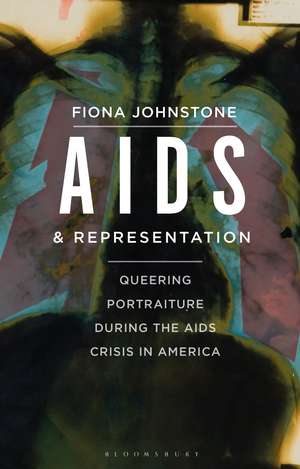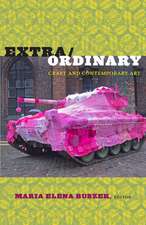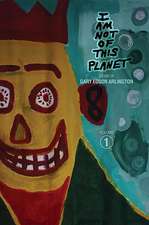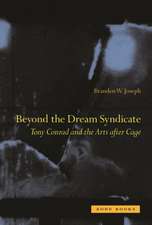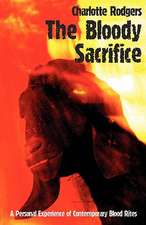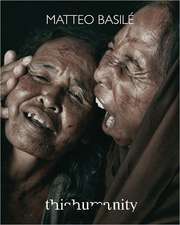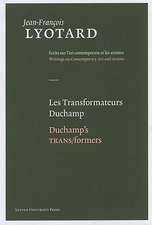AIDS and Representation: Queering Portraiture during the AIDS Crisis in America
Autor Fiona Johnstoneen Limba Engleză Hardback – 17 mai 2023
Preț: 513.20 lei
Preț vechi: 732.83 lei
-30% Nou
Puncte Express: 770
Preț estimativ în valută:
98.20€ • 102.80$ • 81.25£
98.20€ • 102.80$ • 81.25£
Carte disponibilă
Livrare economică 17-31 martie
Livrare express 28 februarie-06 martie pentru 122.76 lei
Preluare comenzi: 021 569.72.76
Specificații
ISBN-13: 9781788311885
ISBN-10: 1788311884
Pagini: 264
Ilustrații: 33 bw illus
Dimensiuni: 138 x 216 x 22 mm
Greutate: 0.66 kg
Editura: Bloomsbury Publishing
Colecția Bloomsbury Visual Arts
Locul publicării:London, United Kingdom
ISBN-10: 1788311884
Pagini: 264
Ilustrații: 33 bw illus
Dimensiuni: 138 x 216 x 22 mm
Greutate: 0.66 kg
Editura: Bloomsbury Publishing
Colecția Bloomsbury Visual Arts
Locul publicării:London, United Kingdom
Caracteristici
Shows how artists impacted by AIDS harnessed their personal experiences, constituting acts of political engagement
Notă biografică
Fiona Johnstone is an art historian and a researcher at Durham University's Institute for Medical Humanities.
Cuprins
List of IllustrationsIntroduction1. A Crisis of Representation: constructing an epidemic2. Putting a face to AIDS: critiquing documentary portrait photography3. Mark Morrisroe: a grandiose aesthetic encounter4. Robert Blanchon: abjection, 'absence' and autobiography5. Felix Gonzalez-Torres: falling out of timeEpilogue: In/visible: picturing HIV in 'endemic time'EndnotesBibliographyIndex
Recenzii
Johnstone's book provides excellent context for the emergence of visual art in the time of crisis - and during the emergency years of the AIDS crisis in particular. AIDS changed art, this book argues, showing us how to develop a complex appreciation and understanding of these crucial portraits.
Arguing for a more expansive understanding of self-portraiture in its revisiting and queering of AIDS portraiture in the 1980s and 1990s, this book offers a critical reappraisal of the significance of portraiture as an aesthetic and activist response to crisis.
Enjoyable and accessible, this book bears witness to Mark Morrisroe, Robert Blanchon, and Felix Gonzalez-Torres' queer tactics of portraiture, meanwhile locating their work within well researched and fascinating contexts that illuminate a kinship of ideas, connections, and tensions across disciplines and timelines.
Arguing for a more expansive understanding of self-portraiture in its revisiting and queering of AIDS portraiture in the 1980s and 1990s, this book offers a critical reappraisal of the significance of portraiture as an aesthetic and activist response to crisis.
Enjoyable and accessible, this book bears witness to Mark Morrisroe, Robert Blanchon, and Felix Gonzalez-Torres' queer tactics of portraiture, meanwhile locating their work within well researched and fascinating contexts that illuminate a kinship of ideas, connections, and tensions across disciplines and timelines.
